-
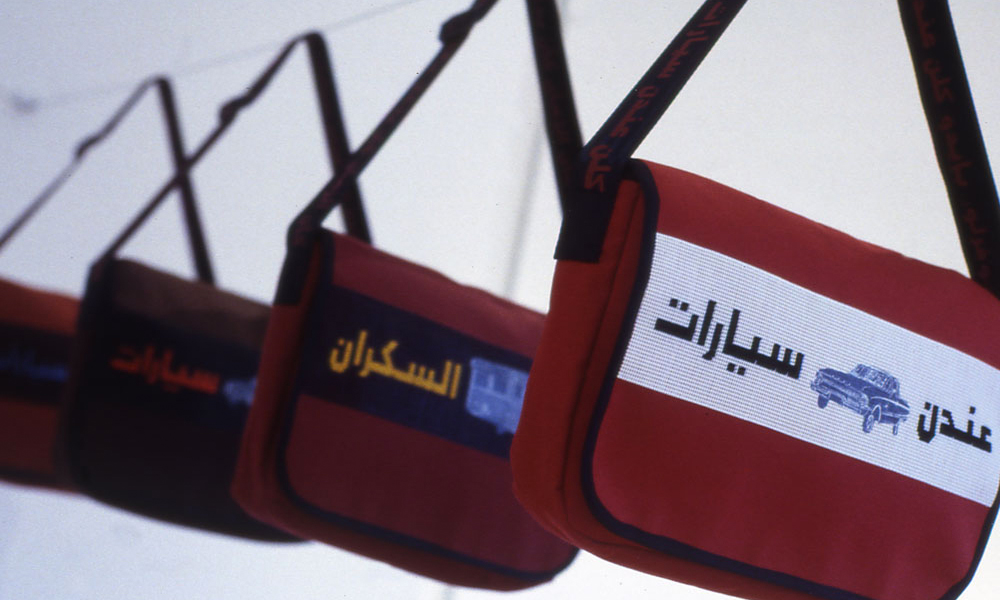 Christine Eid, 'Blend bags' (2002-2003), Horti Hall Gallery, Melbourne
Christine Eid, 'Blend bags' (2002-2003), Horti Hall Gallery, Melbourne -
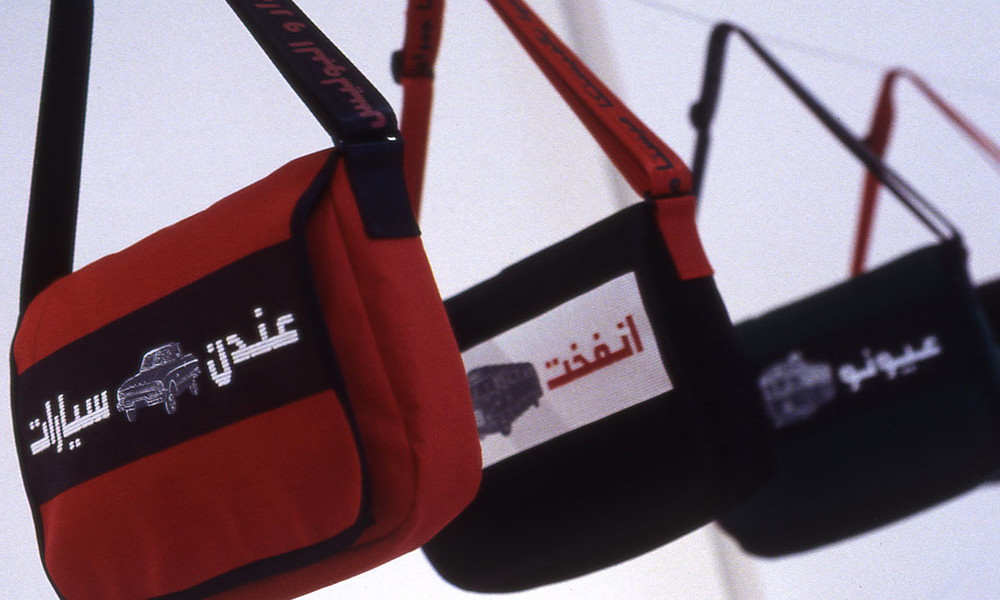 Christine Eid, 'Blend bags' (2002-2003), Horti Hall Gallery, Melbourne
Christine Eid, 'Blend bags' (2002-2003), Horti Hall Gallery, Melbourne -
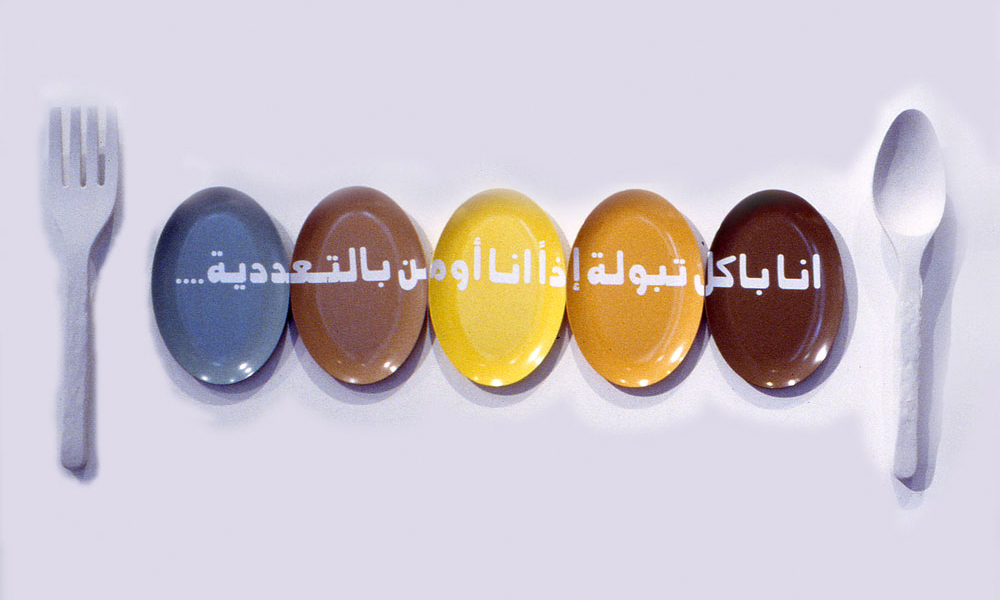 Christine Eid, 'I eat tabouli, therefore I am' (2003), Horti Hall Gallery, Melbourne
Christine Eid, 'I eat tabouli, therefore I am' (2003), Horti Hall Gallery, Melbourne -
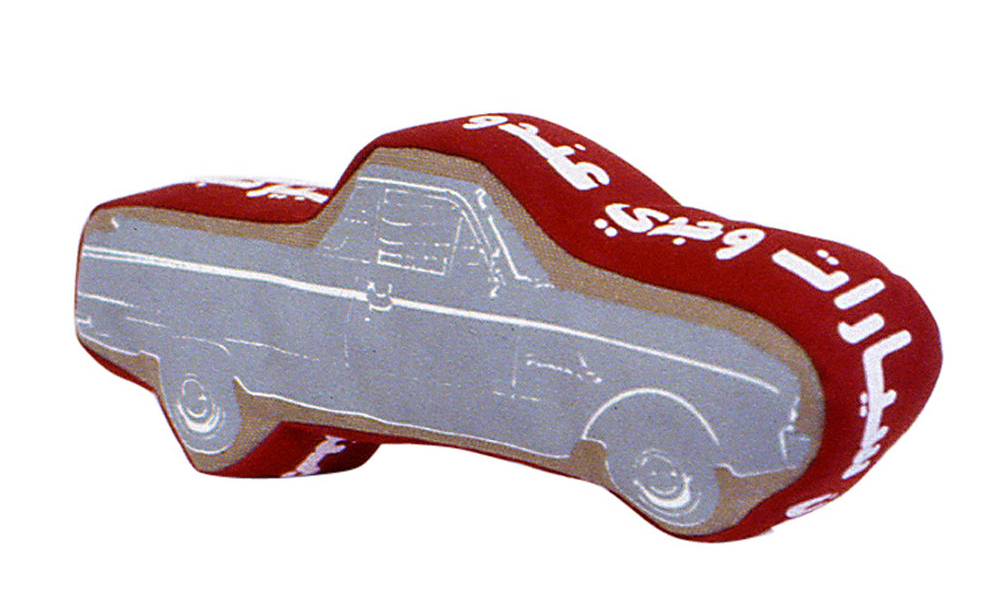 Christine Eid, 'Blend car toy' (2003), Horti Hall Gallery, Melbourne
Christine Eid, 'Blend car toy' (2003), Horti Hall Gallery, Melbourne -
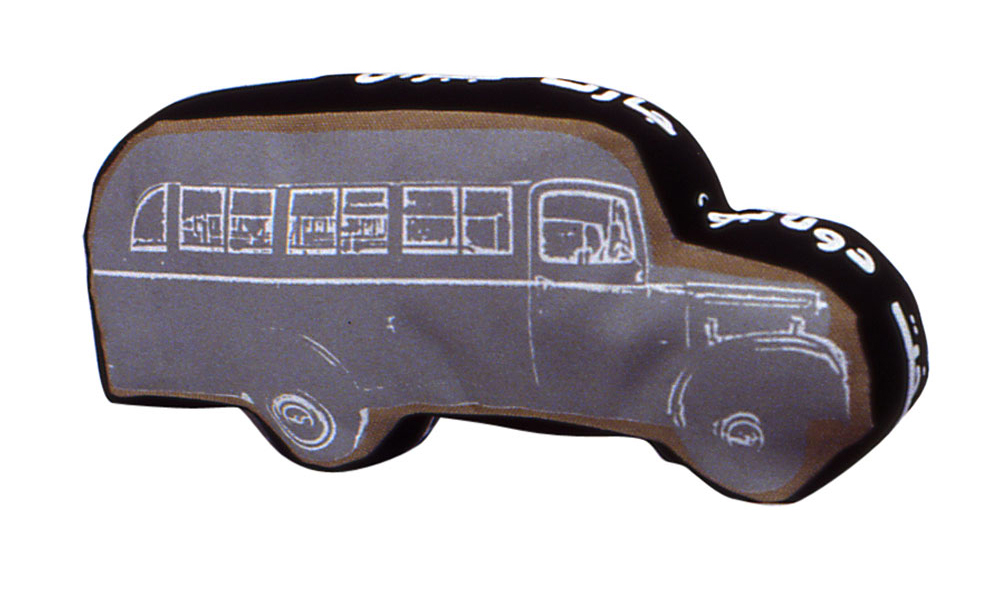 Christine Eid, 'Blend bus toy' (2003), Horti Hall Gallery, Melbourne
Christine Eid, 'Blend bus toy' (2003), Horti Hall Gallery, Melbourne -
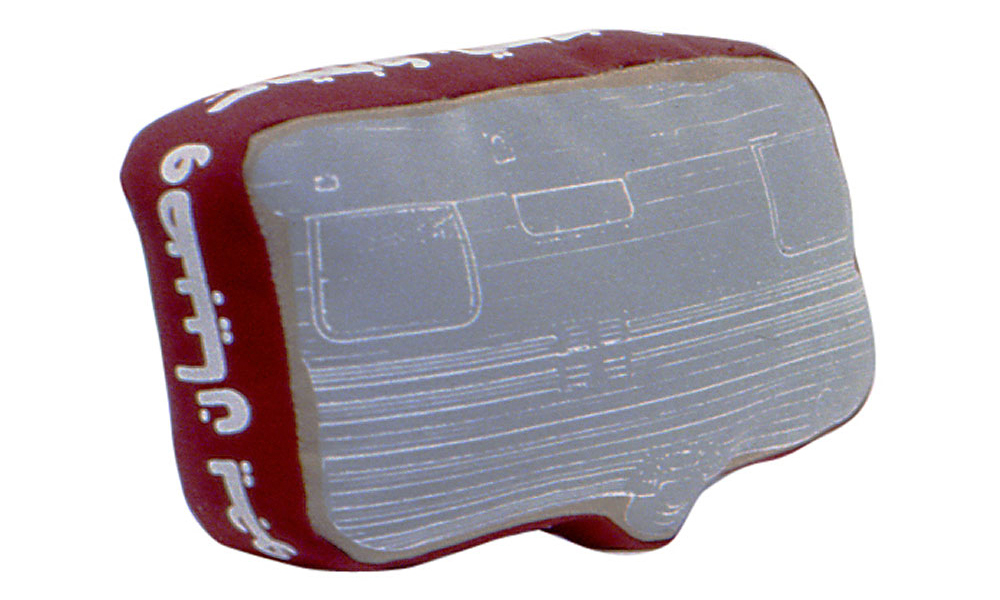 Christine Eid, 'Blend caravan toy' (2003), Horti Hall Gallery, Melbourne
Christine Eid, 'Blend caravan toy' (2003), Horti Hall Gallery, Melbourne -
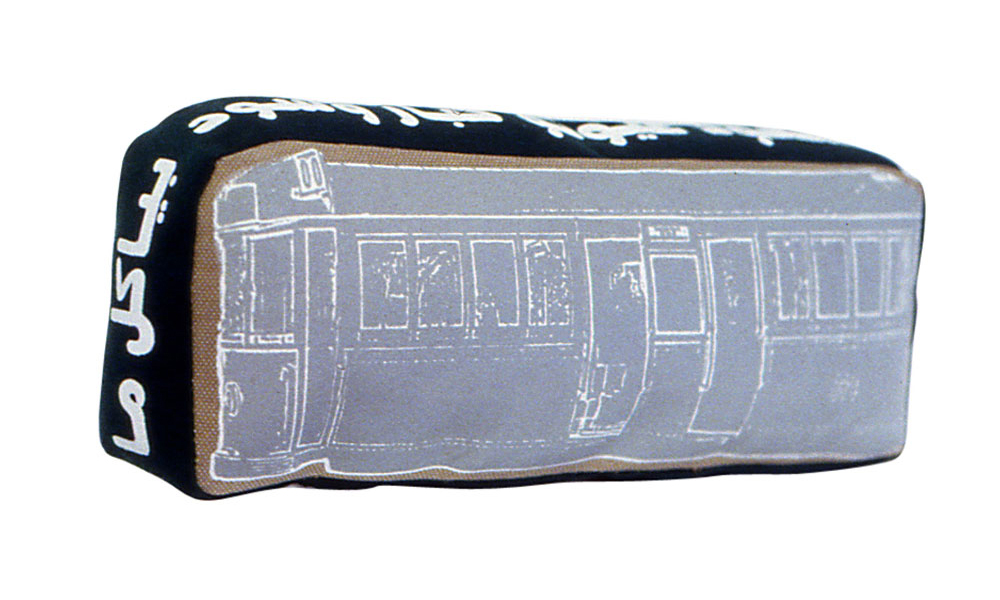 Christine Eid, 'Blend tram toy' (2003), Horti Hall Gallery, Melbourne
Christine Eid, 'Blend tram toy' (2003), Horti Hall Gallery, Melbourne
Blend exhibition at Horti Hall Gallery
- 1–10 May 2003
- Horti Hall Gallery
- Victoria Street
- Mebourne, Victoria
- Australia
Having prepared for his emigration from Lebanon to Australia in 1966, with the tailoring of fine suits, shirts and ties, he soon realised after his arrival in Melbourne that the formality of this 19 year old ‘New Australian’ excluded him from social activities within the broader Australian community.
His tidy grooming was clearly at odds with the casual Australian lifestyle. It was only after publicly discarding his primness by wearing jeans, growing his hair long and literally going barefoot that he was socially accepted.
This response typifies the assimilation experiences of the second wave of Australian-Lebanese (1947–1975). Whilst their public persona was that of assimilation, their private lives carried over many of their cultural customs and traditions. Artist Christine Eid explores this duality in the Blend exhibition, a visual interpretation of this integrated culture.
By its very nature 'blending' is multifaceted as it not only addresses the mixing of Australian and Lebanese cultures but also the influence of one’s generation experiences upon the next.
Specific elements such as the bags and toys, juxtapose Australian symbols with Lebanese narratives as a metaphoric cultural blend. Australian culture is epitomised by various forms of local transportation that indicate mobility and time while dually encouraging integration and assimilation. ‘New Australian’ Lebanese are represented through nursery rhymes and folkloric songs in Lebanese Arabic script. These stories, whose regional significance cannot be deciphered in translation, are absurd and nostalgic and signify the preservation of cultural links.
Whilst the content of the series of Bags (2003) and Toys (2003) represent the experiences of the second wave, the form they take refers to contemporary generations. Made of awning fabric, the bags feature tapestry threads hand-stitched onto outdoor furniture mesh, recontextualising domestic materials and techniques within the broader sphere of bag culture.
Likewise the depth of multicultural understanding is being questioned in the work I eat tabouli, therefore I am (2003). Featuring a mock table setting it poses the question, does cultural consumption lead to cultural understanding?
In Suggestion box (2003), a cedar tree forms the backdrop to motifs of mobility and time, which signify the hopes inherent in the process of migration. These vehicles exemplify the ‘Australianisation’ of Lebanese names, which draws upon the human desire to ‘blend’ in order to belong.
Photographer: David Sterry
Media
Eid, C., 'Is that Arabic? Cool! What does that say?', Arab Ad magazine, Vol. 14, No. 1, Jan 2004
Pedersen, C., Blend: ‘Interwoven threads of Australian Lebanese culture’, Eyeline magazine, No. 53, 2003/2004
Wilson-Goldie, K., ‘Designer’s Lebanese motifs expose unexpected prejudice’, The Daily Star newspaper, Lebanon, 3 September 2003
Kypuros, M., 'Blending in with the arts', Moonee Valley Community News, 6 May 2003

